calsfoundation@cals.org
Houston (Perry County)
| Latitude and Longitude: | 35°02’00″N 092°41’41″W |
| Elevation: | 308 feet |
| Area: | 1.01 square miles (2020 Census) |
| Population: | 143 (2020 Census) |
| Incorporation Date: | June 21, 1902 |
Historical Population as per the U.S. Census:
|
1810 |
1820 |
1830 |
1840 |
1850 |
1860 |
1870 |
1880 |
1890 |
1900 |
|
– |
– |
– |
– |
– |
– |
– |
– |
– |
– |
|
1910 |
1920 |
1930 |
1940 |
1950 |
1960 |
1970 |
1980 |
1990 |
2000 |
|
– |
403 |
345 |
287 |
291 |
206 |
200 |
183 |
149 |
159 |
|
2010 |
2020 |
|
|
|
|
|
|
|
|
|
173 |
143 |
|
|
|
|
|
|
|
|
The town of Houston, in northern Perry County, is one of several communities in Arkansas that relocated to be near a railroad line. Although it is often assumed to have been named for Sam Houston, who lived in Arkansas Territory before relocating to Texas, stronger evidence suggests that the town of Houston was named for John L. Houston, who operated a ferry nearby on the Fourche La Fave River around 1847.
One of Huston’s ferry stops was called Brown’s Landing, named for Robert Brown, who led a group of settlers from Kentucky into the area around 1835. The area was sparsely settled, with a few houses, a blacksmith shop, two or three small stores, and a schoolhouse that was also used on Sundays as a church. A post office was established in the summer of 1878. Postmaster James W. Marshall first suggested the name Jamesville but was informed by the postal service that a community in Arkansas was already using that name. Marshall then suggested the name of Houston, which was already in use locally.
In 1899, the Choctaw, Oklahoma and Gulf Railroad was building a line through Perry County. Margaret Long donated land two miles south of Houston to the railroad, requiring that trains would either stop at the site or pay a twenty-five-dollar fine to the local school. The railroad was completed in 1900, and homes and businesses were relocated to be near the tracks. The former settlement was known as “Old Houston.” All that remains of Old Houston in the twenty-first century is a cemetery. The Choctaw, Oklahoma and Gulf Railroad was acquired by the Rock Island Railroad, which continued rail service through Houston until the 1970s.
Early in the twentieth century, Houston had several business establishments, including a drugstore, a millinery, a butcher shop, a shoe repair shop, a movie theater, and a bank. A two-room schoolhouse was built in 1902 for children in grades one through twelve. A Methodist church and a Baptist church both were established around the same time. The town also had two saloons, a hotel, a cotton gin, and a sawmill. A cattle holding yard was built near the train depot.
In 1908, a band of outlaws robbed the Houston bank, setting fire to the building as they departed. Several other downtown stores also caught fire from the burning of the bank. A new bank was completed by 1910. A Pentecostal congregation (now an Assembly of God) was formed in Houston in 1910. In 1912, the Methodist congregation outgrew its building and replaced it with a larger structure, which is now on the National Register of Historic Places. A new, larger school was built in 1914.
The Flood of 1927 isolated the town, submerging even the railroad tracks. Two years later, a train carrying gasoline, crude oil, kerosene, and alcohol caught fire and wrecked in Houston, requiring a temporary evacuation of the town. A community building—which had a basketball court, stage, and shop classroom—was constructed by local citizens in 1930, but the structure and adjacent brick schoolhouse were destroyed by a fire of unknown origin in 1934. The Works Progress Administration (WPA) built a new school in 1935.
Financial problems related to the Depression plagued Houston in the 1930s, and the entry of the United States into World War II also took men away from the community. As a result, population declined, and businesses closed. School consolidation erased the Houston School District, and the WPA building was razed. A new combined post office and city hall building was dedicated in 1972.
Farm Girl Natural Foods was started in Houston in 2004 by Katharine Short. Beginning with sheep, the business added hogs and cattle, all raised on eighteen acres of grazing land where they forage unconfined. Journalist/author Gene Lyons and his wife live near Houston. The town is divided between the East End and Perryville (Perry County) school districts.
For additional information:
Living the Times, 1776–1976: A Bicentennial Tribute to Perry County. Casa, AR: Perry County Extension Homemakers Council, 1989.
Perry County Historical & Genealogical Society. Perry County, Arkansas: Its Land & People. Marceline, MO: Walsworth Publishing Company, 2004.
Steven Teske
Butler Center for Arkansas Studies
 Entering Houston
Entering Houston 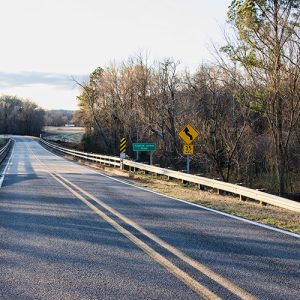 Fourche La Fave Bridge
Fourche La Fave Bridge 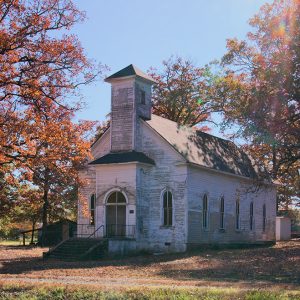 Houston Methodist Episcopal Church
Houston Methodist Episcopal Church 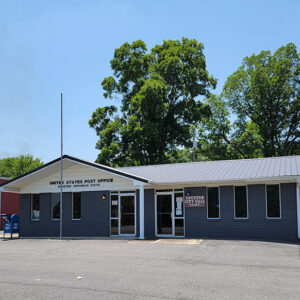 Houston City Hall and Post Office
Houston City Hall and Post Office 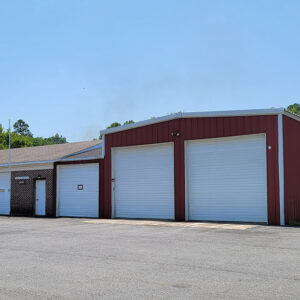 Houston Fire Department
Houston Fire Department  Houston High School
Houston High School 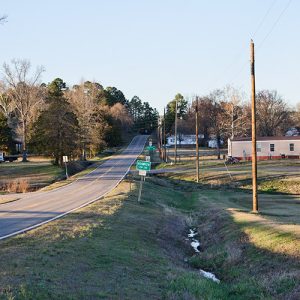 Houston Street Scene
Houston Street Scene 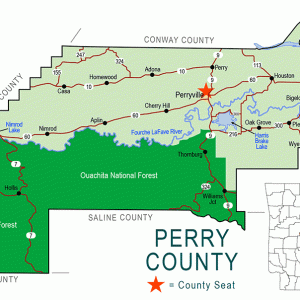 Perry County Map
Perry County Map 




Comments
No comments on this entry yet.